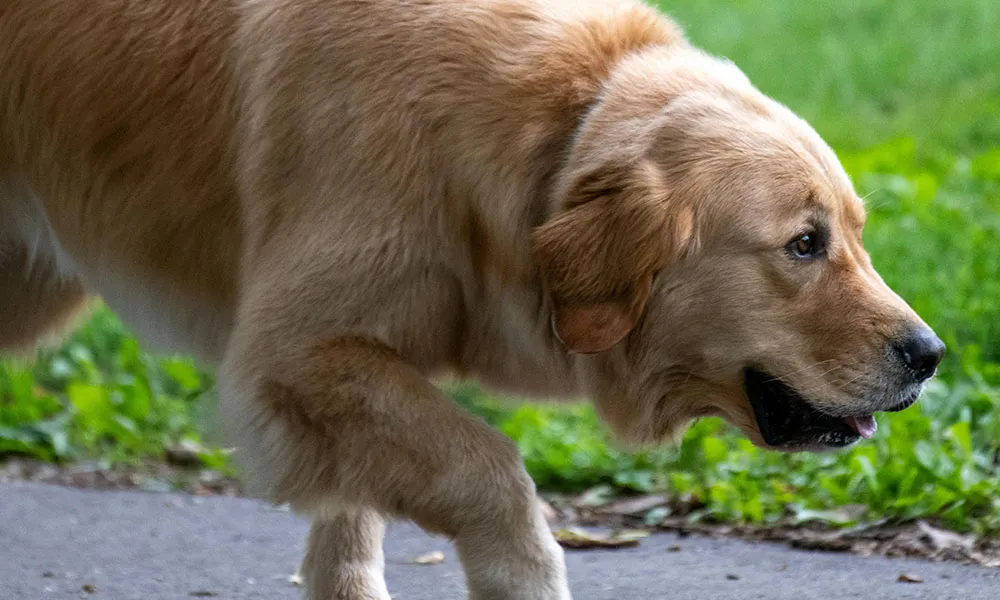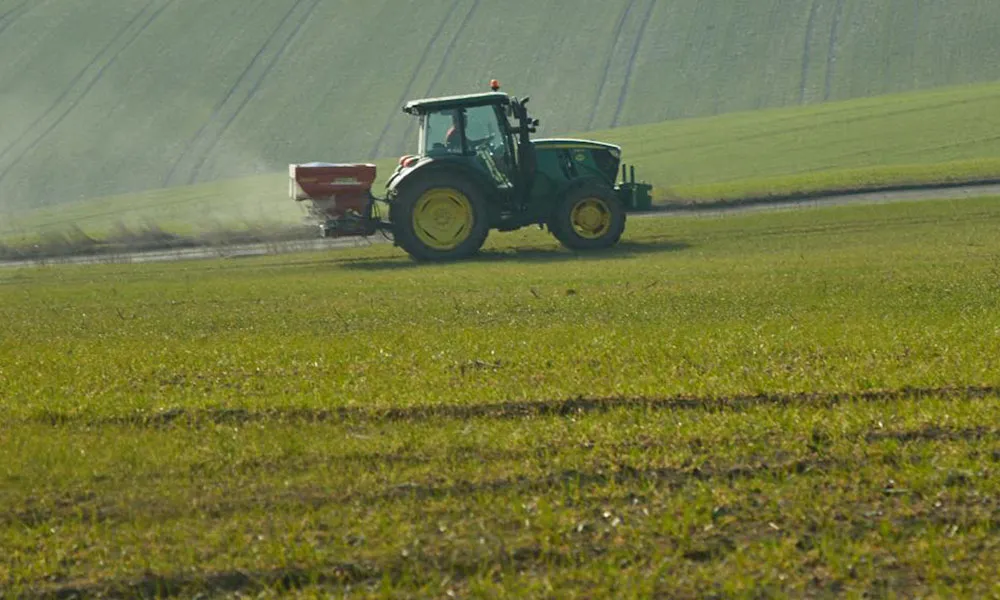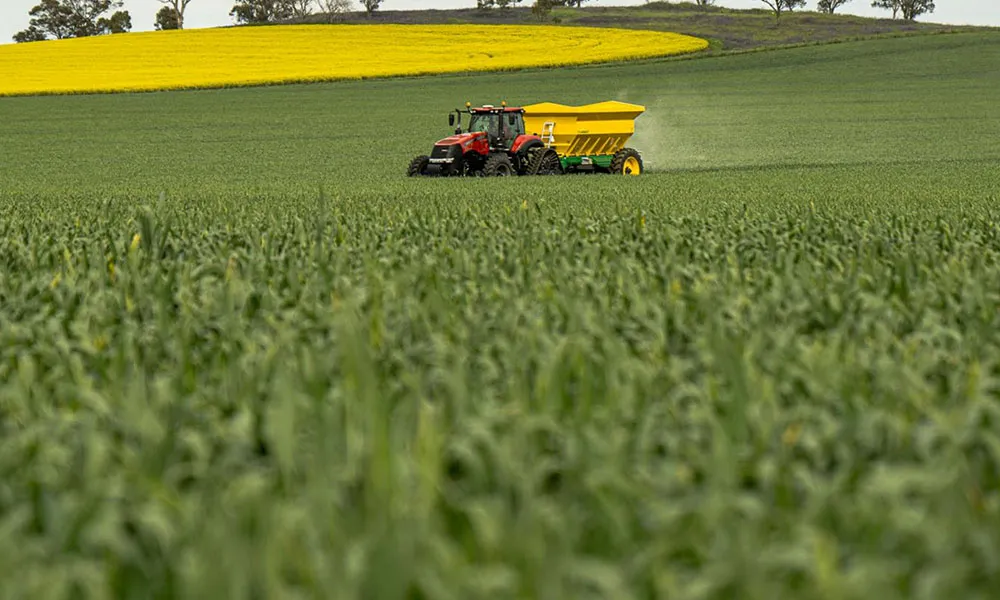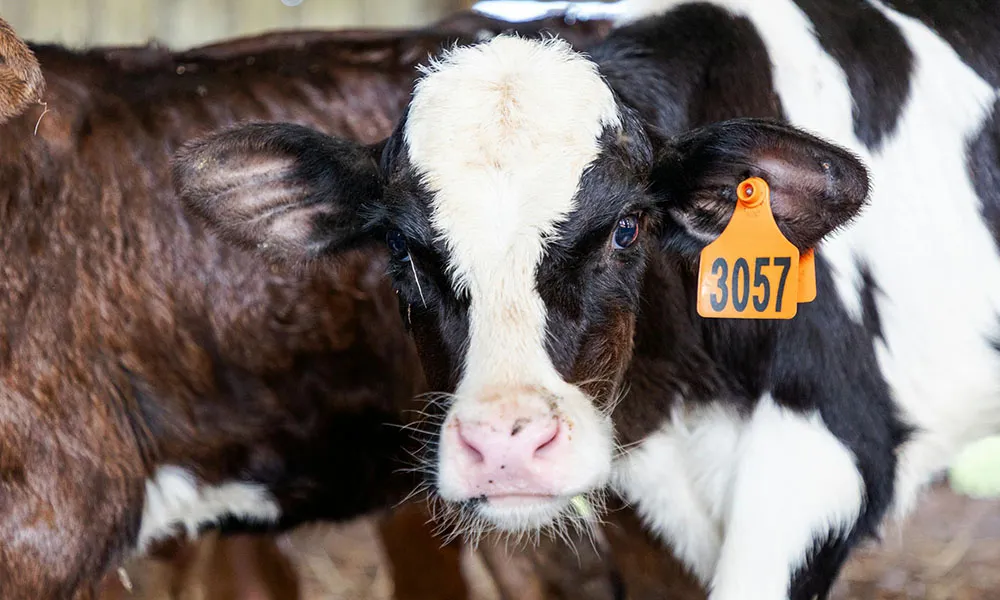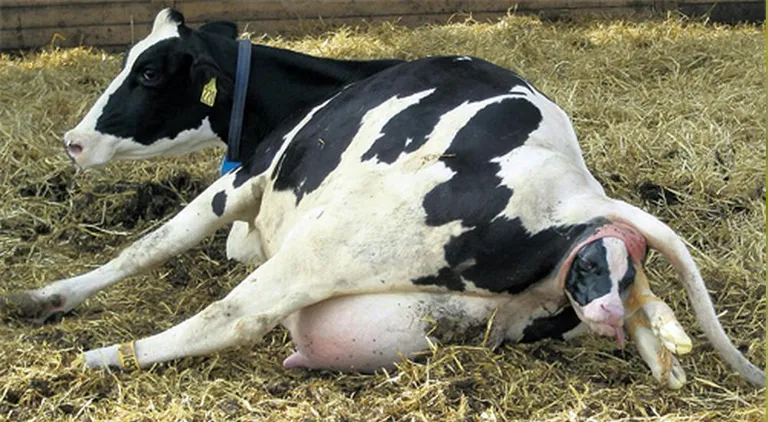
Vet Sarah Ryan
I outlined a few things to keep in mind before calving in my last article. Its time to talk about the main event: Calving itself; and Importantly when to intervene, and when to call the Vet. Like I have mentioned calving facilities should be clean, well bedded, have lighting and above all, safe. The use of individual calving boxes is preferable where possible but well managed group pens are just as good. We get asked a lot of questions about timing and where it varies from animal to animal. Of course, you yourself will have animals you know are slow to calf and others that like to get down to business. When it comes to calving, the one thing I always say is progression. If things are progressing normally and within reasonable time limits, then things will generally look after themselves.
Moving the Cow
Animals should be moved to the calving pen before calving begins where possible. I prefer if done when signs such as bones breaking down or bagging up can be seen. Once an animal is sick to calf (raising tail, restlessness and discharge) she should not be moved until she reaches stage 2 of labour…basically once something is visible, i.e. feet/water-bag and hopefully not a tail or cleanings(if this is the case it’s time to contact your vet!).
Intervention
You can wait up to 6 hours before intervening after first signs of being sick are apparent. So long everything is progressing normal, i.e. No signs of abnormal or discoloured fluids or excessive forcing or distress in the dam. It is advisable to handle the cow at this stage and check to see if presentation is normal. Ensure a glove and lubrication is used, this can help prevent any infection occurring after calving. See what you feel and if there’s any doubt contact your vet. Even if it’s just for advice or a second opinion. An oversized calf, incorrect position, twisted womb or tangled twins are some of the things you might be faced with and these require immediate intervention. Otherwise if things feel normal then it might be just a case of giving her more time. A Quick note: If correcting a mispositioned calf its much easier if the cow is standing and use lots of lubrication. Once a water bag or hooves are visible a calf should be born within 2 -3 hours, if they do not progress within this time then intervention may be required. Before you do intervene at this stage check the calf’s reflexes (e.g. pinching feet, tongue or poking his or her eye), if the reflexes are slow or the tongue feels swollen it is advisable to get the calf out as soon as possible!
Being Prepared
Having all your equipment at the ready is a big help, calving jack, clean ropes, lubrication and arm length gloves. Using the blue and red ropes is very handy as you can place the red rope on the right leg and then there’s less chance of getting confused when attaching the jack. They’re also a lot easier to find in the straw! I am not going to talk you through using the calving jack as I know there’s a lot of different types out there and everyone know their own. But a couple of things to remember are: 1.Place the ropes above the fetlocks to begin and as the calf moves out move the ropes up above the knees to decrease the chances of a broken leg. 2.Also ensure the knots are not on the sides of the legs and try to pull as the cow forces/pushes (although sometimes they might have given up at this stage!
What to do with a Drowsy Calf
Once the calf is on the ground (and this applies to lambs also) there a few things you can do to help resuscitate a drowsy calf. You can hang the calf upside down for no more than a minute to remove fluid from the lungs, cold water into the ears, and put a stiff piece of straw up the nose to stimulate a cough. Once they come around, dry them off and put them under a lamp if they are cold and shivering. You can also contact your local vet about respiratory stimulants but in my own experience nothing works better than the bucket of cold water (which was accidentally thrown over me once in a panic!!!).
Things to remember
The take home message really is that if things are progressing normally with a normal presentation then leave it to nature but when in doubt its time to assist or contact you vet. Hopefully all this isn’t happening at 3am!
Case 2: Right decision at the right time
This case only happened to me during the week and I thought it was quite relevant to this weeks topic. It was a call for a cow who the farmer wasn’t sure if she had just given up on calving. She had showed signs of being sick, getting up and lying down and some discharge. She had been on the slats and when the farmer noticed her sick, he moved her to an individual calving pen. By doing so the cow was interrupted at a crucial time, so stopped progressing. In a normal situation I would say he had moved her too soon, but when I went to handle her, I realised that it was all for the best.
There was no head, no feet, just a tail. Not ideal. When I removed my arm, I also noticed brownish orange fluid. This is the calf’s meconium or first dung, also a sign of stress and time to get them out of there. This one would have never made it out on their own, so it was time to intervene.
Adjusting a calf in this position can be difficult and its very important to be very gentle and careful not to tear the womb when bringing up the feet. I also find it works better with 2 people so its best to call your vet for this one. We adjusted the feet and got them up, and he practically fell out with one push from the cow. And of course, there was another fella to be brought. The farmer was delighted, Twins! So, if things aren’t moving along as they should be, its time to feel and see what’s going on. Luckily this intervention had a happy ending for all.
Next time I will discuss the liquid gold otherwise known as colostrum and some diseases control.
Sarah




